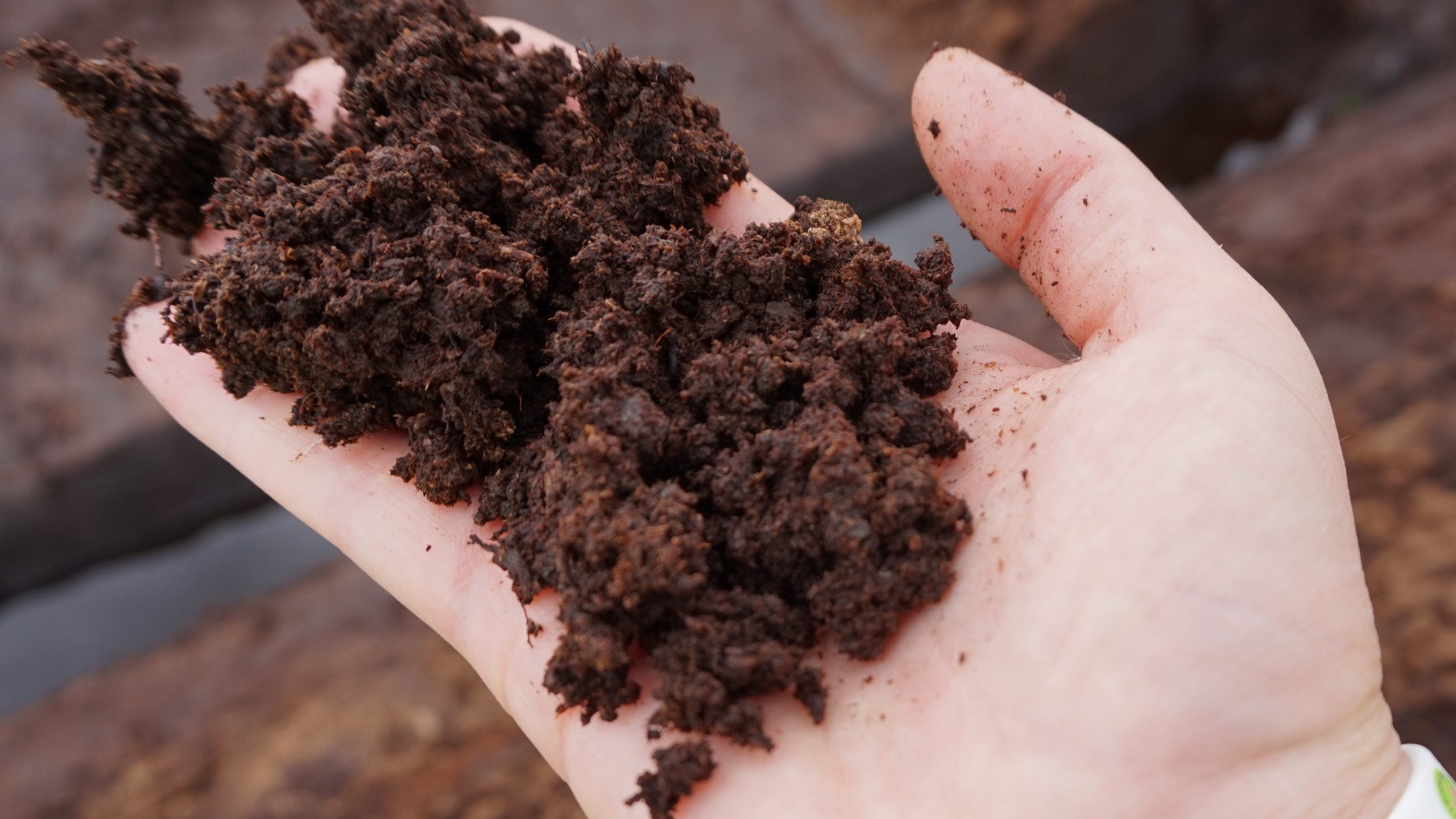Peat is the surface organic layer of a soil that consists of partially decomposed organic matter, derived mostly from plant material, which has accumulated under conditions of waterlogging, oxygen deficiency, high acidity and nutrient deficiency.
In temperate, boreal and sub-arctic regions, where low temperatures (below freezing for long periods during the winter) reduce the rate of decomposition, peat is formed mainly from bryophytes (mostly sphagnum mosses), herbs, shrubs and small trees.
In the lowland humid tropics, peat is derived mostly from rain forest trees (leaves, branches, trunks and roots) under near constant annual high temperatures.
In other geographical regions peat can be formed from other species of plants that are able to grow in water-saturated conditions. For example, in New Zealand peat is formed from members of the Restionaceae while in tropical coastal fringes peat is formed in mangrove. New types of peat may still be found.

Definitions of peat vary across disciplines and between authorities for different purposes and there is no universal agreement that is applicable in all circumstances. This is unfortunate because it affects estimates of the area of peatland and determination of important attributes of peat, especially volume and carbon content.
There is disagreement on the minimum thickness of the soil surface organic layer and the minimum percentage of organic matter in it between different definitions of peat. For example, according to the U.S. Department of Agriculture Soil Classification peat is an organic soil (Histosol) that contains a minimum of 20% organic matter increasing to 30% if as much as 60% of the mineral matter is clay. Other authorities have adopted definitions of peat with organic matter content higher than 30% and thickness greater than 30cm.
